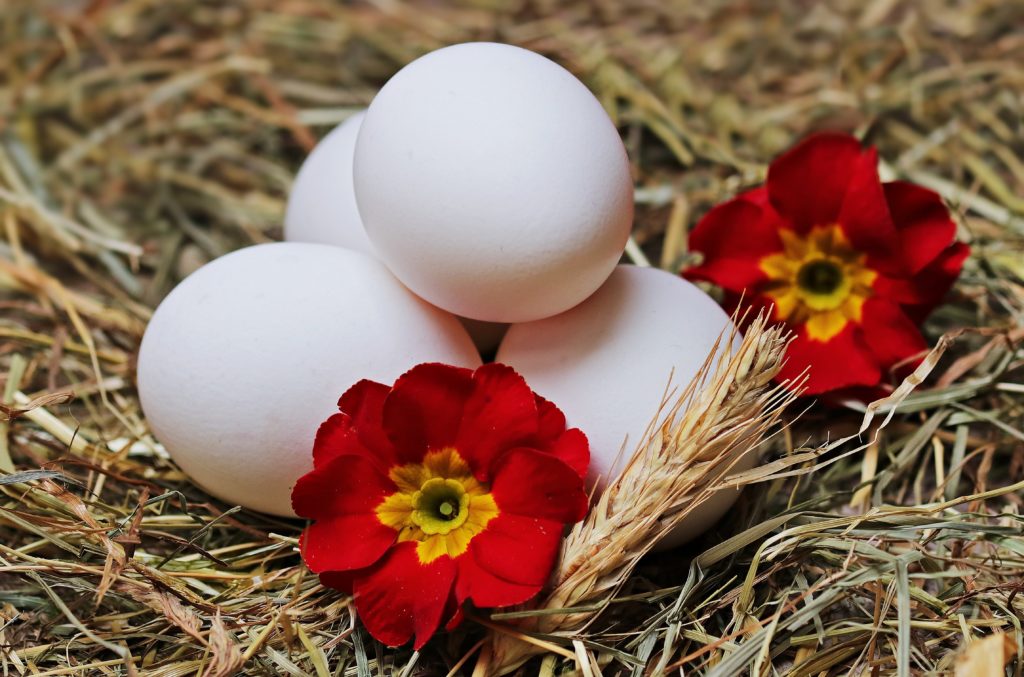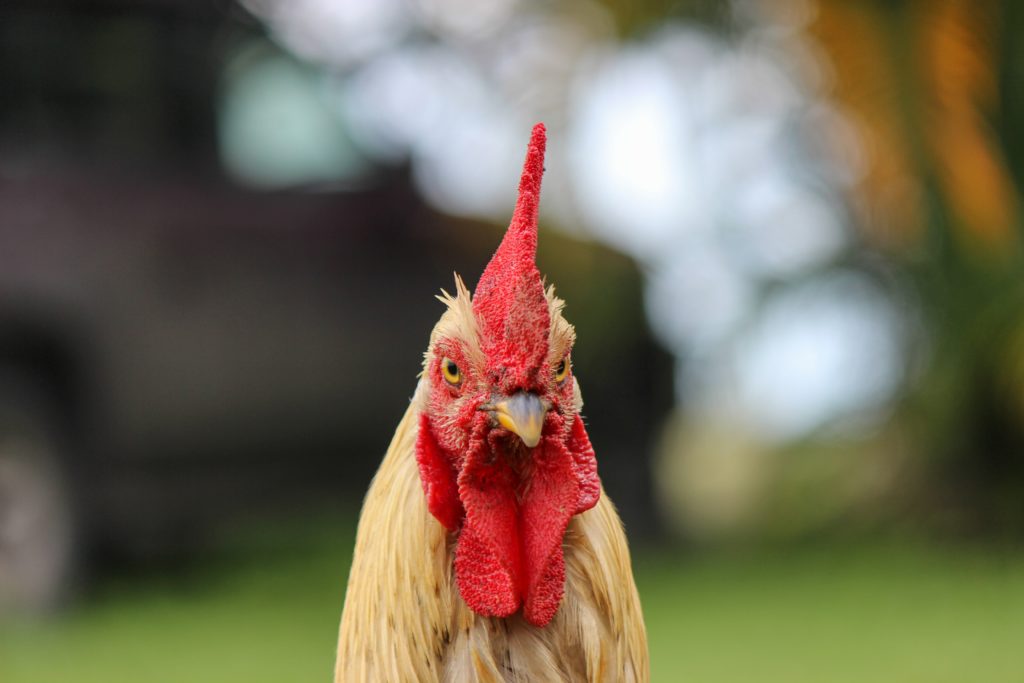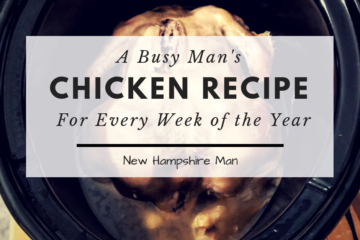Another post in the ‘How to Raise Chickens’ series.
Chickens are an excellent source of food at home, but it takes a little time and preparation to reap the rewards. We’ll get there, but first, let’s start at the beginning: How to select a breed.
Selecting Chicken Breed
This is super fun. Do it with the family.
There are SO many breeds of chickens it might seem a little daunting selecting ones to get started. Instead, make it fun.
Here are some things to think about as you flip through hatchery catalogs and websites.

Size
The first major delineator in selecting chickens is size, there are bantam and standard varieties.
Bantam birds are physically smaller than standard birds. They lay smaller eggs, and require a slightly smaller footprint. The selection of bantam breeds is also smaller, but you can still find one to fit any household.
As of this writing, 2 out of 28 birds in my flock are bantams. They’re cute as all get-out, and our bantam silkie is a great setter, meaning she’ll hatch chicks, which we’ll get into in more detail later.
RELATED: Chickens: The Gateway Drug to Good Health
Climate
Depending on where you live, selecting breed for climate can be pretty important. Here in New Hampshire, it’s wise to select a cold hardy breed. Working south, it matter less, until you work into the tropics where, again, it’s wise to select a breed smartly.
Purpose
What do you want from your chickens? Eggs? Meat? More chickens? Or all three.
Some breeds (like leghorns) are awesome layers, while others (Cornish Cross) are awesome for meat. But neither will set, meaning they have no interest in incubating their own eggs to make more chicks (like silkies will).
Some breeds are dual purpose (like New Hampshire Reds and Australorp) meaning you can get a few years of eggs out of them and they mature with enough meat on the bone to make it worth the effort to put them in a stew pot.

Gender
The gender of chicks is determined by a process called sexing. (It sounds better than it is.)
It’s super hard to tell, for most breeds, whether a baby chick is a boy (cockerel) or a girl (pullet). Some people make high dollar to fly into a big hatchery and sex chicks on hatching day. They’re surprisingly good at it.
Because they’re so good at it you get to pick and choose the makeup of your flock.
If you only want eggs, you’ll want to limit your number of cockerels, probably to zero or one. They can offer protection to the flock, but they can be aggressive and loud. (I think they’re awesome! But, that sentiment is not shared by everyone.)
Hens will lay eggs without a rooster, they just won’t be fertilized, so they can’t be used to make more chickens.
It also might matter to you whether your birds lay white eggs (Leghorns), or brown eggs (Rhode Island Reds), or multi-colored eggs (Araucanas).
Looks
This one is just fun. One of the best parts of having chickens is the entertainment they provide.
Getting funky looking chickens can be a real hoot (Polish and Cochin are big hits on my homestead).
Look for feather footed and top hat varieties to spice up your flock.
Pull the Trigger
Although there are a lot of options in selecting birds, don’t get wrapped around the axle. There isn’t a ‘wrong’ way to do it, so just go with what works and press on.
Most hatcheries will include in the description what the bird is know for. If you go with a local hatchery you can request some characteristics and they’ll be able to point you in a good direction.
The next post in the series will be all about sourcing chicks, so make sure you subscribe to check that out now that you know what you’re looking for.
Subscribe to the New Hampshire Man email list to get first notice on new content and special offers.


